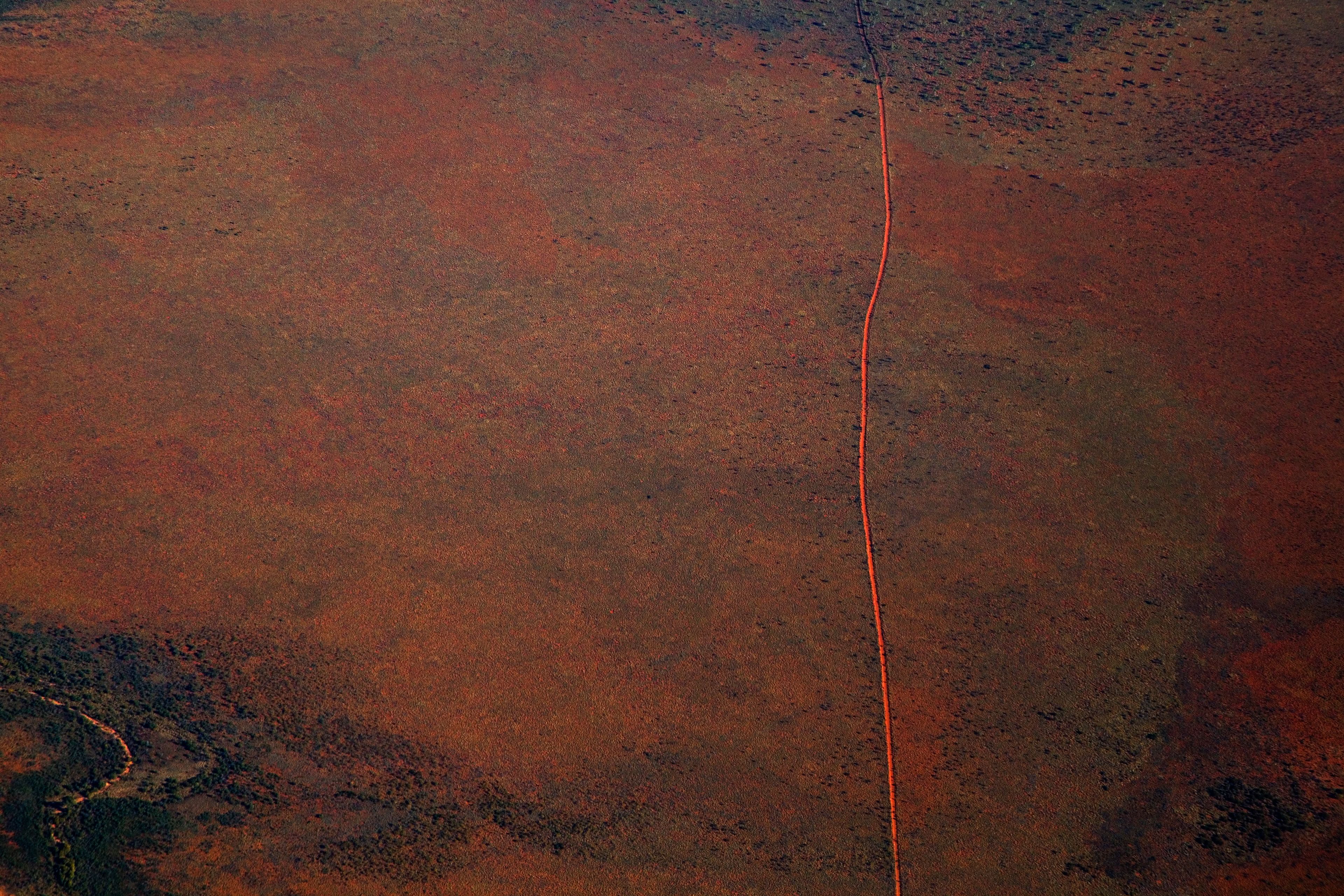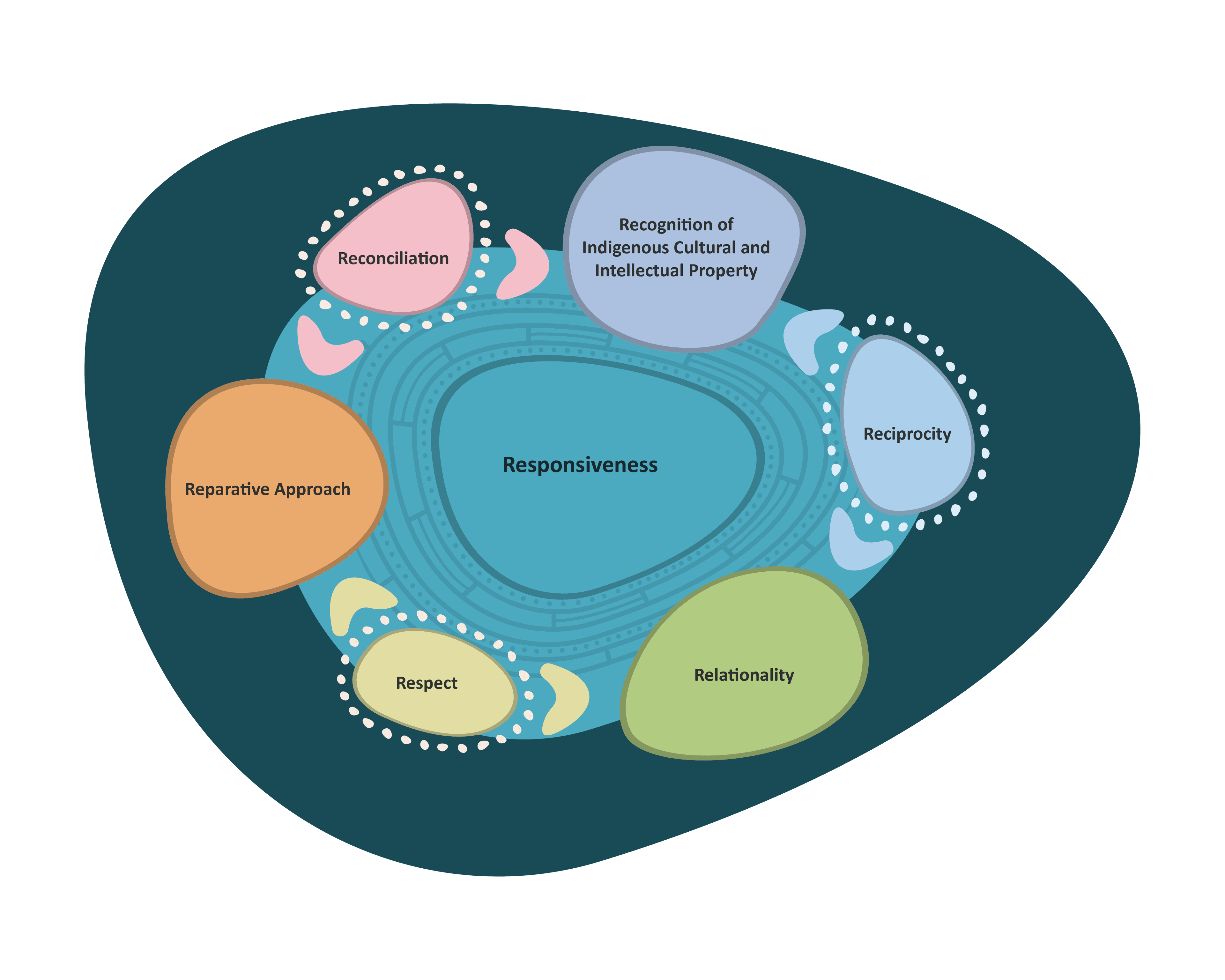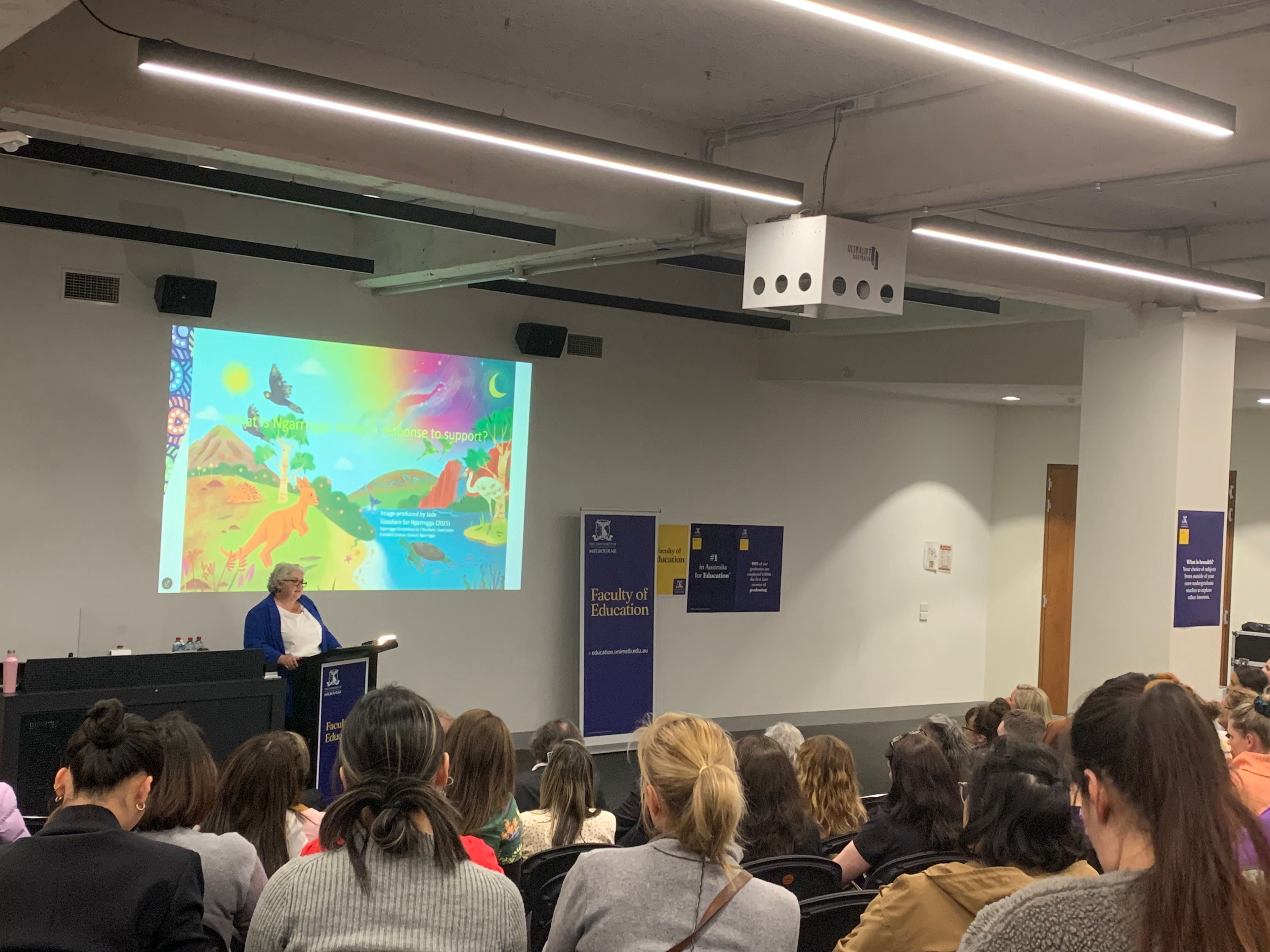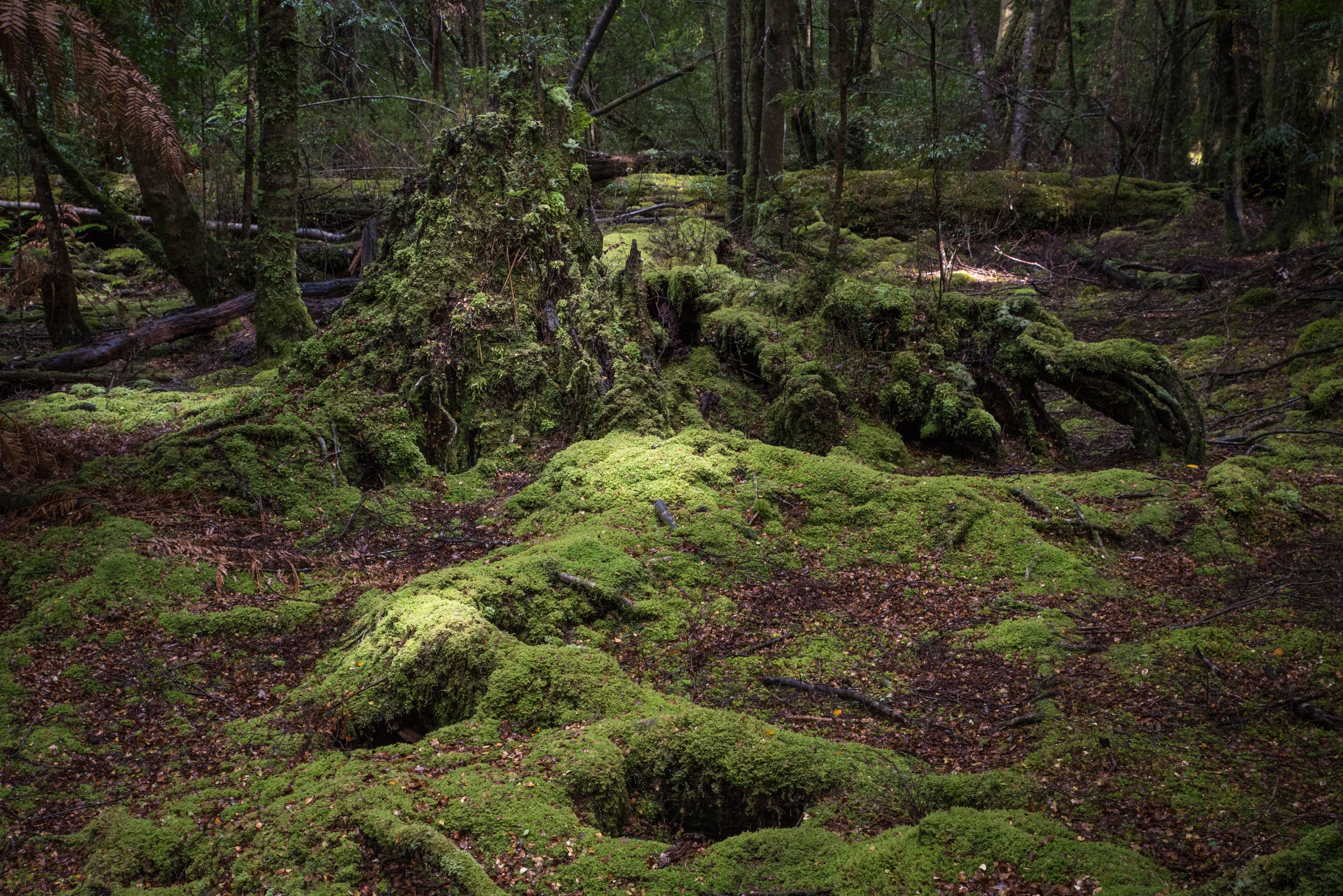Home/Stories and news/Bridging Now to Next - Coming to know, hear and understand 65,000 Years: A Short History of Australian Art

Bridging Now to Next - Coming to know, hear and understand 65,000 Years: A Short History of Australian Art
As the nation marks National Reconciliation Week and the opening of 65,000 Years: A short History of Australian Art at The Potter Museum of Art, Ngarrngga is delighted to share our comprehensive suite of education resources, developed to accompany this landmark exhibition.
The resources are divided into five booklets, each thematically tailored to a specific grade level from 3-4 to 11-12. Each booklet contains carefully curated case studies, collectively featuring twenty works of art and cultural objects from the exhibition, chosen by the curatorial team.
The booklets are freely available to download here:
The case studies are storied in an age-appropriate and culturally respectful manner, aligning with corresponding curriculum content and entwining Indigenous Knowledge with various learning areas, including Technologies, The Arts, English, HASS, and Science.
Key features of these booklets include:
Case study-specific content unpacking artworks, helping students connect with key stories, themes, and perspectives
Curious questions and reflective prompts that invite students to consider what they see, hear and feel in response to artists, works of art and cultural objects
Flexible formats that work across learning contexts, supporting onsite learning at The Potter and country-wide online learning in classrooms
Scaffolded opportunities for discussion and meaning-making, adaptable to different ages and grades, as well as educator and student preferences and needs
Complementing these case studies, a comprehensive support materials booklet will be released in the coming days, offering further tailored resources and activities designed to enrich classroom inquiries and deepen understandings of the rich cultural narratives interwoven throughout the exhibition.
Use of these resources should be foregrounded by guidance outlined in our Booklet 1 preparatory materials, which lays the groundwork for working with the case studies.
Collectively, these booklets form a comprehensive suite designed to equip educators for engaging and learning with the exhibition, both onsite and online.
Whether engaging with the exhibition onsite at The Potter or online in the classroom, these resources have been carefully designed to support educators to confidently navigate complex themes and foster personal and collective understandings of the concepts showcased.
“The arts demonstrate the ongoing practice of culture and tradition and continue to teach the next generation about the stories of our past, present and future.
These resources present a significant opportunity for educators and students to know, hear and understand more about our shared histories, through the visual arts.”
- Professor Melitta Hogarth, Ngarrngga Director
As the exhibition opens its doors, Ngarrngga invites educators to embark on this journey of learning, discovery, and truth-telling, bridging the past and present through the transformative power of arts, culture and education.
Acknowledgement
Ngarrngga would like to thank the curators, cultural practitioners, artists and educators who generously contributed their expertise and time working with Dr Abbey MacDonald in the creation of these education resources.
Ngarrngga would also like to recognise the invaluable technical design support and curriculum expertise contributions of the wider team, particularly Dr Lucy Buzacott, Glen Hayres, Steven Kolber, Emma Ross, Emily Gittins and India Murphy, and the support of the University of Melbourne Museums and Collections teams.
The development of these resources was made possible by the generous support of Peter and Ruth McMullin.







